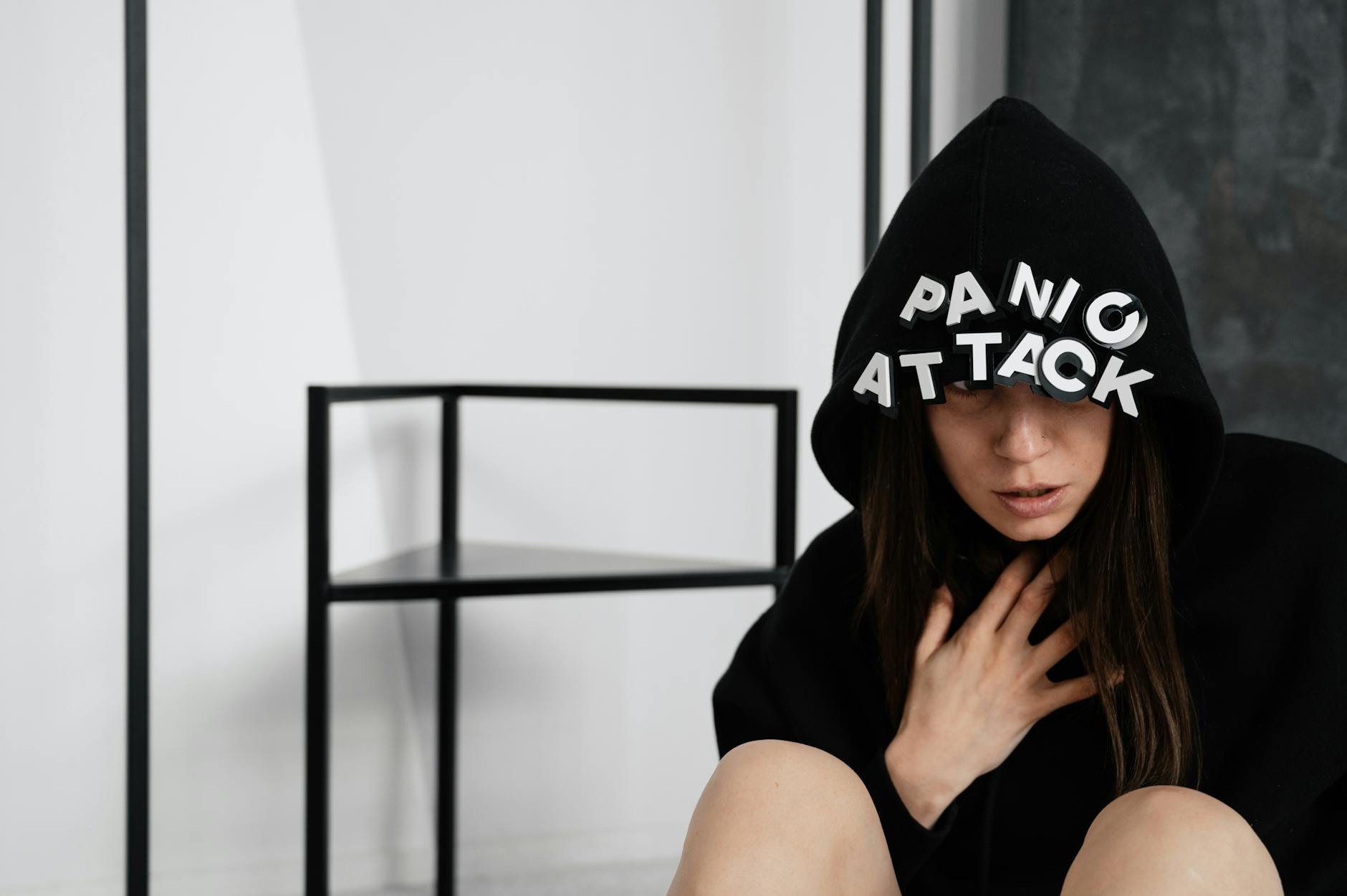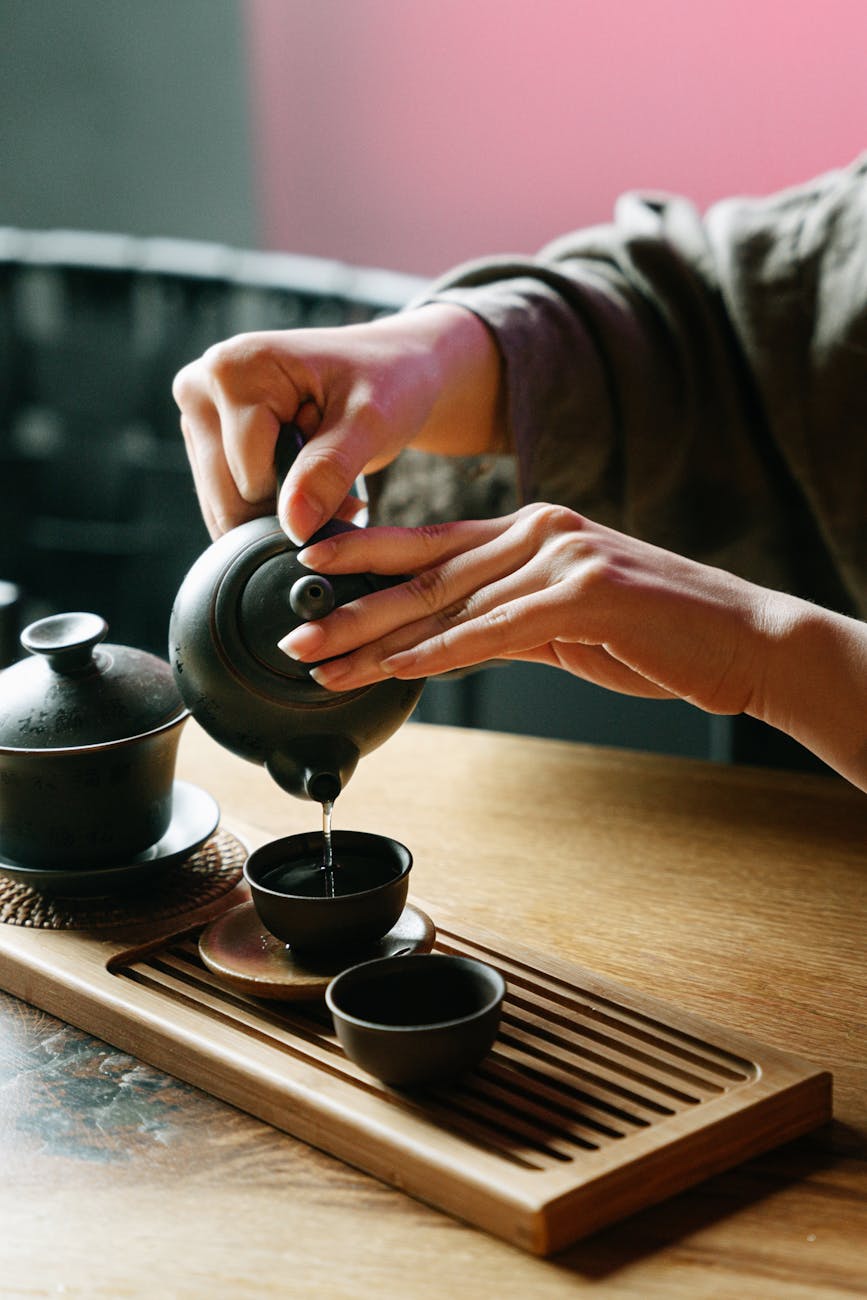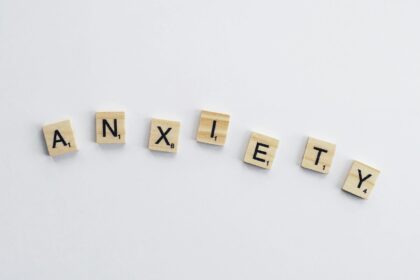
Panic Attacks? What are they? Have you ever been hit by a sudden wave of intense fear or anxiety, out of nowhere? Your heart races, your chest tightens, and it feels like you might lose control or even have a heart attack. If this sounds familiar, you’ve likely experienced a panic attack. They can be terrifying, but you’re not alone—and the good news is that there are ways to manage them. Let’s get into what panic attacks are, what causes them, how they’re classified in the DSM-5, and how both psychology and Ayurveda offer insights and solutions.
What Exactly Is a Panic Attack?
A panic attack is a sudden surge of overwhelming fear or discomfort that can peak within minutes. They often come with physical symptoms like sweating, shaking, or a racing heart, which is why many people confuse them with medical emergencies, like heart attacks.
But here’s the thing—panic attacks, while incredibly distressing, aren’t physically dangerous. Your body is reacting to stress, and although it feels like something terrible is happening, they are actually your body’s way of responding to perceived threats, even if those threats aren’t real.
Signs and Symptoms of a Panic Attack
Panic attacks can manifest in a variety of ways, but the common signs and symptoms include:
- Racing or pounding heart
- Sweating or chills
- Shortness of breath or a feeling of choking
- Dizziness, lightheadedness, or faintness
- Trembling or shaking
- Nausea or stomach upset
- Feelings of unreality (derealization) or detachment from oneself (depersonalization)
- Fear of losing control or “going crazy”
- Fear of dying
These symptoms usually peak within 10 minutes and can leave you feeling drained afterward.

Panic Attacks According to the DSM-5
The DSM-5 (Diagnostic and Statistical Manual of Mental Disorders) outlines specific criteria for diagnosing panic attacks. These include:
- Abrupt surge of intense fear or discomfort that peaks within minutes.
- During the attack, at least four of the following symptoms occur:
- Palpitations, pounding heart, or accelerated heart rate
- Sweating
- Trembling or shaking
- Shortness of breath or feeling smothered
- Feelings of choking
- Chest pain or discomfort
- Nausea or abdominal distress
- Feeling dizzy, unsteady, lightheaded, or faint
- Chills or heat sensations
- Numbness or tingling sensations
- Feelings of unreality or detachment from oneself
- Fear of losing control or “going crazy”
- Fear of dying
To be diagnosed with Panic Disorder, a person must experience recurrent, unexpected panic attacks, followed by at least one month of worrying about additional attacks or significant behavioral changes due to the attacks.
Types of Panic Attacks
Yes, there are different types of panic attacks! According to the DSM-5, panic attacks can be classified as expected(triggered by a known stressor, such as phobias or stressful situations) or unexpected (happening out of the blue, with no apparent trigger).
The Psychological Pathogenesis of Panic Attacks
From a psychological perspective, they are often linked to the fight-or-flight response. Your body senses danger—even when there’s no actual threat—and releases adrenaline, causing those intense physical reactions. This response is hardwired to protect you, but in people who experience panic attacks, the system gets triggered unnecessarily.
Psychological factors like stress, trauma, and unresolved anxiety play significant roles in how panic attacks develop. Cognitive distortions, where your brain exaggerates threats, can also fuel them. For example, misinterpreting a normal physical sensation (like an increased heart rate) as a sign of a heart attack can snowball into full-blown panic.
The Ayurvedic Perspective on Panic Attacks
In Ayurveda, panic attacks can be seen as an imbalance in the Vata dosha, which governs movement, communication, and the nervous system. When Vata becomes aggravated—often due to stress, fear, or an unhealthy lifestyle—it can lead to restlessness, anxiety, and heightened sensitivity, all key features of panic attacks.
Ayurvedic texts link panic attacks to imbalances in the mind (Manas) and nervous system, suggesting that when Vatais disturbed, it disrupts the flow of prana (life force), leading to feelings of fear, insecurity, and panic. This imbalance can be further aggravated by factors like irregular sleep patterns, poor diet, and excessive sensory stimulation.

How to Manage Panic Attacks: A Blend of Psychology and Ayurveda
Let’s talk solutions. While panic attacks are intense, they’re manageable with the right tools. Here’s how psychology and Ayurveda can help you take control them and prevent future episodes.
Psychological Solutions for Panic Attacks
- Cognitive Behavioral Therapy (CBT):
- CBT is the gold standard for managing panic attacks. It works by addressing the thought patterns that lead to panic. In CBT, you learn to identify and challenge irrational fears and gradually reduce avoidance behaviors.
- A key part of CBT for panic attacks is exposure therapy, where you slowly face situations that trigger anxiety in a controlled way, helping you desensitize to them over time.
- Grounding Techniques:
- When a panic attack hits, grounding techniques can help you regain control. These are simple, immediate actions to bring your focus back to the present and away from the overwhelming fear:
- 5-4-3-2-1 method: Focus on your surroundings by identifying five things you can see, four things you can touch, three things you can hear, two things you can smell, and one thing you can taste.
- Deep breathing: Slowly inhale for four seconds, hold for four, and exhale for four. This helps activate the parasympathetic nervous system, calming your body.
- When a panic attack hits, grounding techniques can help you regain control. These are simple, immediate actions to bring your focus back to the present and away from the overwhelming fear:
- Lifestyle Changes:
- Regular exercise, adequate sleep, and a balanced diet can help regulate the body’s stress response. Avoiding caffeine, alcohol, and excessive sugar can also reduce the likelihood of panic attacks.
- Consider incorporating activities that help you relax, like journaling, drawing, or even gardening, as a way to release built-up tension.
Ayurvedic Solutions for Panic Attacks
- Vata-Pacifying Diet:
- A diet that helps to balance Vata is key. Incorporate warm, cooked, grounding foods, like soups, stews, and whole grains. Avoid raw, cold foods and excessive stimulants like coffee and spicy foods, which can aggravate Vata.
- Include Ojas-building foods like ghee, almonds, milk, and fresh fruits to strengthen both your physical and mental resilience.
- Herbs to Soothe Vata:
- Ashwagandha: Known for its adaptogenic properties, ashwagandha helps reduce stress and anxiety, promoting overall calmness.
- Brahmi: This herb supports mental clarity and helps pacify anxious thoughts.
- Shankhpushpi: A powerful nervine tonic, it helps to stabilize mental functions and calm the mind.
- Grounding Lifestyle Practices:
- Stick to a daily routine (Dinacharya). Going to bed and waking up at the same time every day, eating meals regularly, and maintaining consistency can help soothe an aggravated Vata.
- Engage in gentle activities like yoga and breathing exercises (pranayama). Practices like alternate nostril breathing (Nadi Shodhana) can immediately calm the mind and bring balance to the nervous system.
- Immediate Relief Techniques (Ayurvedic Grounding):
- For instant relief during a panic attack, try Nasya, the practice of applying a few drops of warm ghee or sesame oil into the nostrils. This helps calm the nervous system and promotes grounding.
- You can also try foot baths with warm water and essential oils like lavender or sandalwood, which help soothe the senses and relax the mind.
When to Seek Help
If you’re experiencing panic attacks regularly, it’s important to reach out to a healthcare provider. They are manageable with the right support, whether through therapy, Ayurvedic treatments, or a combination of both.
Panic attacks can feel intense and overwhelming, often arising suddenly and leaving a person feeling vulnerable. They’re commonly triggered by high levels of anxiety and stress, where mental and physical tension reach a breaking point. Lack of rest due to insomnia can make these episodes more frequent, as the body and mind struggle to cope without recovery time. For those dealing with depression, They can add another layer of distress, amplifying feelings of helplessness. Afterwards, forgetfulness and mental fog are common, as panic depletes mental resources. Understanding these triggers can be key to managing and reducing panic attacks.
You’ve got this.
Panic attacks are challenging, but they’re not insurmountable. By understanding both the psychological and Ayurvedic perspectives, you can empower yourself with a variety of tools to regain control. Remember, your mental health is just as important as your physical health, and there’s no shame in seeking help. Whether through a holistic approach or traditional therapy, you have options to help you navigate and overcome panic attacks.
Follow us on Instagram for daily dose of inspiration and info on self healing and subscribe to our Youtube Channel to keep up with in detailed information explained step by step. Thank you for sticking around.






